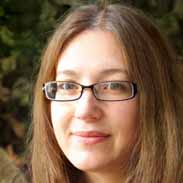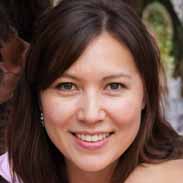Nouns And Pronouns Flashcards, test questions and answers
Discover flashcards, test exam answers, and assignments to help you learn more about Nouns And Pronouns and other subjects. Don’t miss the chance to use them for more effective college education. Use our database of questions and answers on Nouns And Pronouns and get quick solutions for your test.
What is Nouns And Pronouns?
Nouns and pronouns are essential parts of the English language. Nouns refer to people, places, or things while pronouns replace or substitute nouns in a sentence. Both are used to describe the people and items in our language, so it’s important to understand their differences. Nouns can be concrete (things we can touch) or abstract (ideas). For example: car is a concrete noun; love is an abstract noun. Nouns also come in many forms such as proper nouns (names), common nouns (objects), collective nouns (groups of things), compound nouns (two words combined), and possessive nouns (words that show ownership). In contrast, pronouns do not refer to specific people, places, or things; rather they stand in for them. Examples of pronouns include he/she/it; me/you/them; his/hers/theirs; mine/yours/theirs; who/whom and many more. Pronoun usage depends on whether you are referring to something singularly or collectively. For example if you’re talking about one person you would use he while if you were referring to a group of people you would use they. Knowing the difference between a pronoun and a noun can help make your writing more clear and concise. It is also important when writing essays because it helps avoid repetition by replacing words that have already been mentioned with their corresponding pronoun form instead. By understanding these two elements of the English language better you will be able to craft sentences that flow more naturally and effectively communicate your thoughts and ideas.








